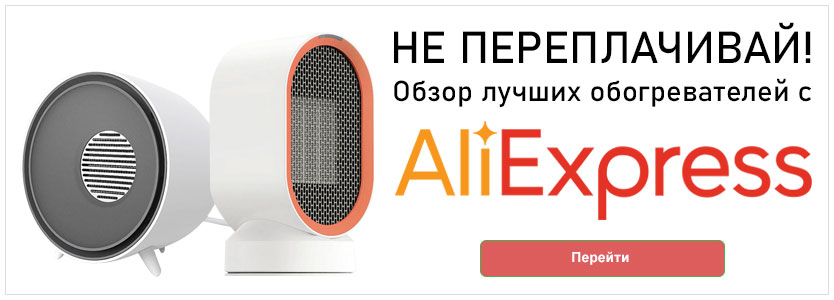Even before the onset of cold weather, we begin to think about the comfort of our stay. And if there is no hope for centralized heating systems, we look closely at additional heat sources - heaters. But how to make the right choice, because recently home appliance stores are constantly updating their assortment and offering us more and more new models of modern heaters? More and more often, ordinary consumers are tormented by the question, which is better - an infrared heater or a convector? Both the one and the other device are now very popular, they are considered to be quite productive and energy efficient. Well, let's try to understand this issue and make an objective choice.
Convectors - operating principle, pros and cons
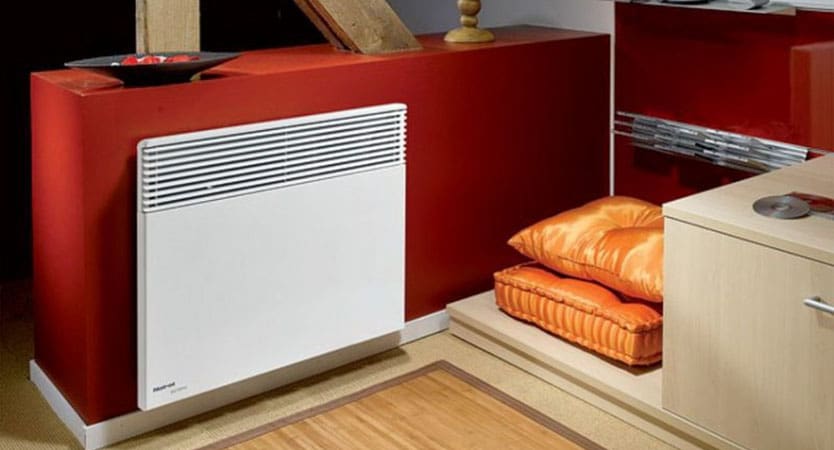
First, let's figure out what a convector is. This device works according to the simplest physical phenomenon - convection, during which heated air masses rise to the ceiling of the room, and cold or cooled ones sink closer to the floor. Thus, the convector is placed at a height of 10–15 cm from the floor, takes cold air through special lower openings, heats it up with a heating element or heat carrier, and gives it to the room through the upper grate. That is, a barely perceptible circular air circulation constantly occurs in the room.
By type of device, convector heaters are stationary and portable. Stationary are mounted on the wall, at a low height from the floor. Mobile - equipped with feet or wheels, and installed directly on the floor. In addition, such a model can be transferred from room to room or taken with you to the country or to a country house. Convectors are rather narrow devices, but tall devices, however, when mounted on a wall, they do not take up much space, and when installed on the floor, they are reliably protected from tipping over.
The most widespread are electric convectors, since they are simple and easy to use. They are most often bought as an additional source of heat for apartments, offices, small country houses. But in large private houses you can find stationary gas or water convectors, which successfully perform complete and uniform heating of all rooms connected to the system.
![]() See also - Choosing an electric foot warmer
See also - Choosing an electric foot warmer
It is convenient when you have the opportunity to buy a convector with all kinds of upgrades - a thermostat, a remote control, a built-in air humidifier, a timer, etc.
The list of advantages of convector heaters is very impressive:
- convectors work absolutely silently;
- this type of device is completely fireproof, it can even be left unattended;
- ease of installation, assembly and operation;
- high work efficiency;
- quite economical consumption of electricity;
- long service life of the device.
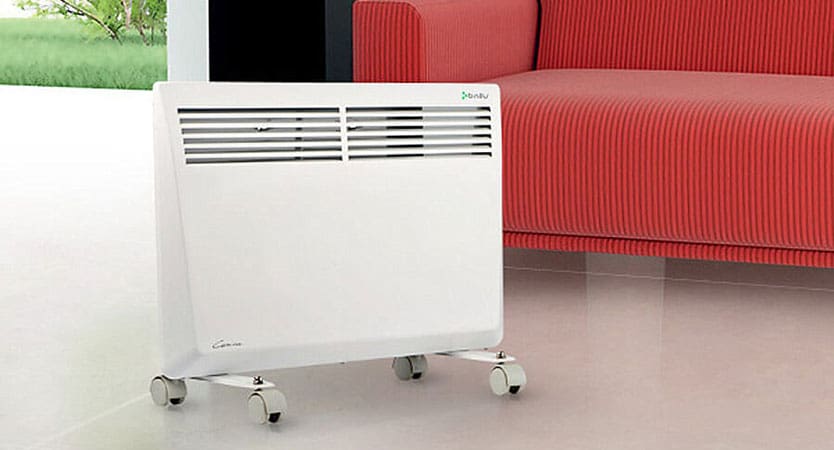
But there are also disadvantages:
- convection can provoke dust circulation in the room;
- you will not feel the warmth in the room right away;
- the device is suitable for heating closed rooms, where the possibility of drafts is excluded;
- it is necessary to take into account the dimensions of the device - although the convectors are thin, they are wide and high enough.
In addition, if you need to rearrange the heated convector from room to room, then this must be done carefully. Of course, the heating part is protected by the case, but it heats up quite impressively too.
![]() See also - Choosing a heater that does not burn oxygen
See also - Choosing a heater that does not burn oxygen
Infrared heaters - how they work, pros and cons
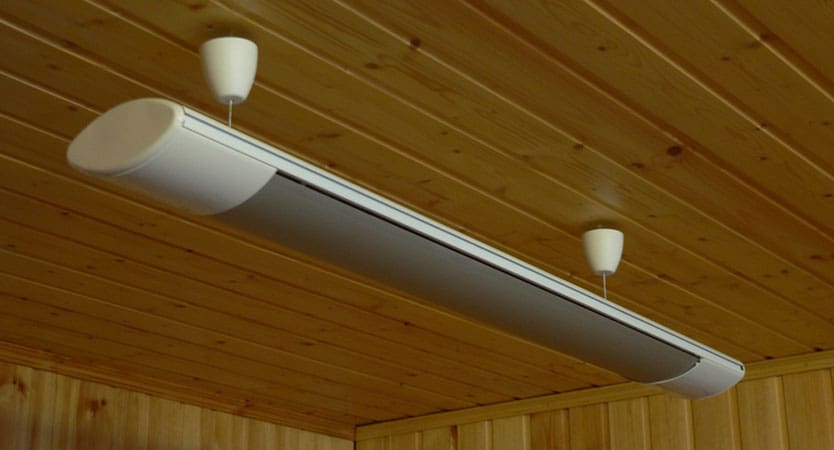
We continue to compare additional sources of heat in the house, and let's get to know more about infrared heaters.
The principle of operation of this device repeats the mechanism by which the sun warms the Earth. The sun's rays do not heat the air, but pass through the atmosphere and heat the soil and water, which, in turn, transfer heat to the air. A home infrared heater works in exactly the same way. The rays invisible to the human eye heat up objects and a person in the room, and then, due to heat transfer, the whole room heats up. At the same time, the circulation of air masses in the room is extremely insignificant, there are no temperature drops, you can create local or spot heating, install a heater on an open terrace or veranda.
![]() See also - 12 Best Infrared Heaters According to Buyers
See also - 12 Best Infrared Heaters According to Buyers
Infrared heater models consist of an emitter and a reflector. The heating element is protected by a grate to prevent burns. Infrared heaters, like convectors, are of a stationary type and portable. But, unlike convectors, an infrared device can be hung both on the wall and on the ceiling. Floor-standing infrared heaters can be easily moved, but with care, rearrange from place to place or take with you to the country. In addition, the dimensions of such heaters are somewhat smaller than those of convector models. When turned on, you will immediately feel the warmth that will remain in the room for some time even after turning off the device.
Advantages of an infrared device:
- fast heating of the room;
- compact size;
- silent work;
- the possibility of using in open spaces, the creation of spot heating;
- long service life;
- ease of assembly, installation and use;
- high productivity and energy efficiency.
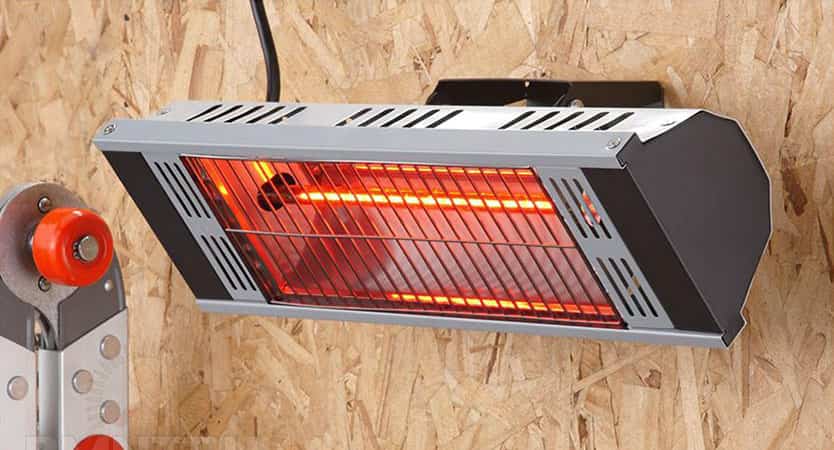
But, like any technique, an infrared heater is not without its drawbacks:
- do not leave the device unattended for a long time;
- heating the room, although it is felt immediately, is still not uniform;
- higher cost when compared with convector radiators.
![]() See also - What is the best convector or fan heater?
See also - What is the best convector or fan heater?
conclusions
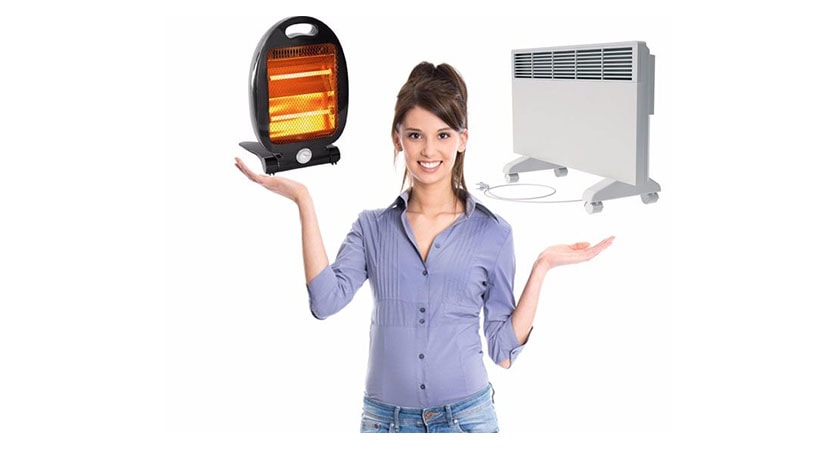
As you can see for yourself, it is impossible to definitely decide which heater is better: infrared or convector. Both the first and the second device have a number of convincing advantages, and can fully reveal their potential in certain conditions. If, nevertheless, to compare, then we would recommend using convector devices as an additional source of heat in enclosed spaces, and infrared heaters to use if there is a need to create a local heated zone or heating in often ventilated rooms, as well as on verandas, in gazebos, open terraces. Well, it's up to you to choose what to buy!
![]() See also - Infrared heaters are harmful or not
See also - Infrared heaters are harmful or not

